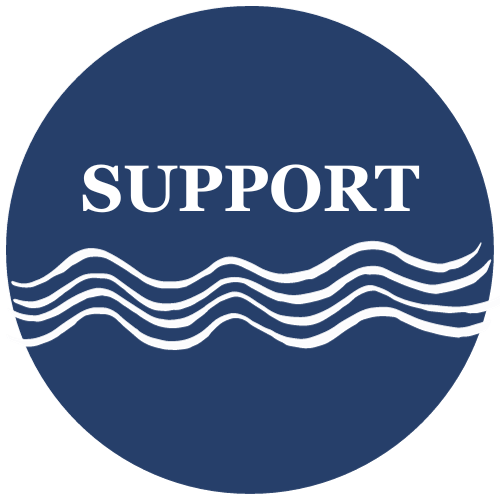Our Work
Our mission is to protect, preserve, and restore Washington’s waters. Our vision for the future is that Washington State will have clean and abundant waters to support healthy communities, thriving ecosystems, and climate resilience. Making this vision a reality informs every decision we make as we build and enact our policy strategy, and we approach our work always through the lens of sustainability and equity.
For three decades, the Center for Environmental Law & Policy has been Washington State’s top watchdog and defender of water rights and resources. Washington’s water resources are over-appropriated. Hundreds of streams and rivers are impaired due to lack of flow. Statewide, more than two dozen salmon species are listed as endangered, and the lack of adequate river flows are a limiting factor for recovery. Climate change is making matters even worse as increasing temperatures have led to declining snowpack, melting glaciers, and more frequent and persistent droughts. These conditions make CELP’s work of promoting sustainable use of our water resources essential as we are the only statewide organization working full time to change water policy.
CELP employs a combination of tactics to support our mission and work to make our vision for the future a reality. We work with Tribal authorities across the state in support of tribal treaty water rights. We engage in public interest litigation to ensure existing water laws are enforced. In collaboration with state agencies, we inform decisions about water usage pushing to utilize the best available science and maintain a focus on environmental impacts. We gather partner organizations and people from across the state to lobby for bills that protect our waters. We work with key legislators to craft laws and policies that will shape a sustainable and environmentally just future for all. We educate Washington’s citizens and public officials about threats to our watersheds–the rivers, streams, lakes, and aquifers that eventually flow into Puget Sound–and promote a sense of stewardship within our communities.








